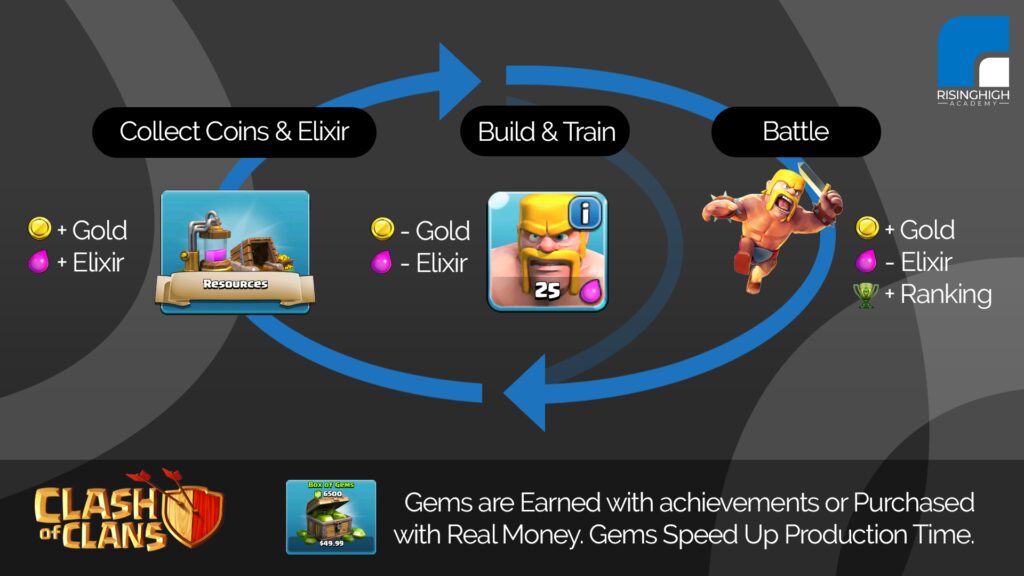Game design theory is essential for creating successful games. It includes the core loop, which is the set of actions players take to progress in the game, and game mechanics, which are the specific rules and actions that make up the core loop. Player motivation is what drives players to continue playing the game, and there are four main types of player motivation: intrinsic, extrinsic, social, and immersion. Understanding player motivation is important for creating games that will keep players engaged. Overall, understanding game design theory is crucial for creating games that are enjoyable for all types of players.
Introduction
Game design theory is the backbone of any successful game. Understanding it is crucial for creating a game that people will enjoy and want to play again and again. In this article, we will take an in-depth look at game design theory, starting from the core loop to player motivation.
The Core Loop
The core loop is the foundation of any game. It is the basic set of actions that players take to progress in the game. The core loop consists of three parts:
- Input: What the player does in the game
- Processing: What the game does in response to the player’s input
- Output: What the player sees or hears as a result of the game’s processing
The core loop is important because it keeps the player engaged in the game. Players must enjoy the core loop in order to continue playing the game. A good core loop is simple and easy to understand, but also challenging enough to keep the player interested.
Game Mechanics
Game mechanics are the specific rules and actions that make up the core loop of a game. They are the actions that players take and the responses that the game provides.
Some common game mechanics include:
- Jumping
- Shooting
- Collecting items
- Unlocking new areas
- Completing quests or missions
Game mechanics can be combined in a variety of ways to create unique games. For example, a platformer may combine jumping and collecting items to create a satisfying core loop, while an RPG may combine completing quests and unlocking new areas to keep the player engaged.
Player Motivation
Player motivation is what drives players to continue playing a game. It is what keeps them engaged and interested in the game. There are four main types of player motivation:
- Intrinsic Motivation: The player is motivated by the enjoyment they get from playing the game itself
- Extrinsic Motivation: The player is motivated by external rewards, such as points or achievements
- Social Motivation: The player is motivated by social interactions with other players
- Immersion Motivation: The player is motivated by the feeling of being immersed in the game world
It is important to understand what motivates players in order to create a game that will keep them engaged. For example, if a player is motivated by intrinsic motivation, then the game should be designed to be enjoyable and fun to play. If a player is motivated by extrinsic motivation, then the game should provide rewards and incentives for completing tasks.
Conclusion
Game design theory is a complex but essential part of creating a successful game. By understanding the core loop, game mechanics, and player motivation, game designers can create games that are engaging and enjoyable for all types of players.
